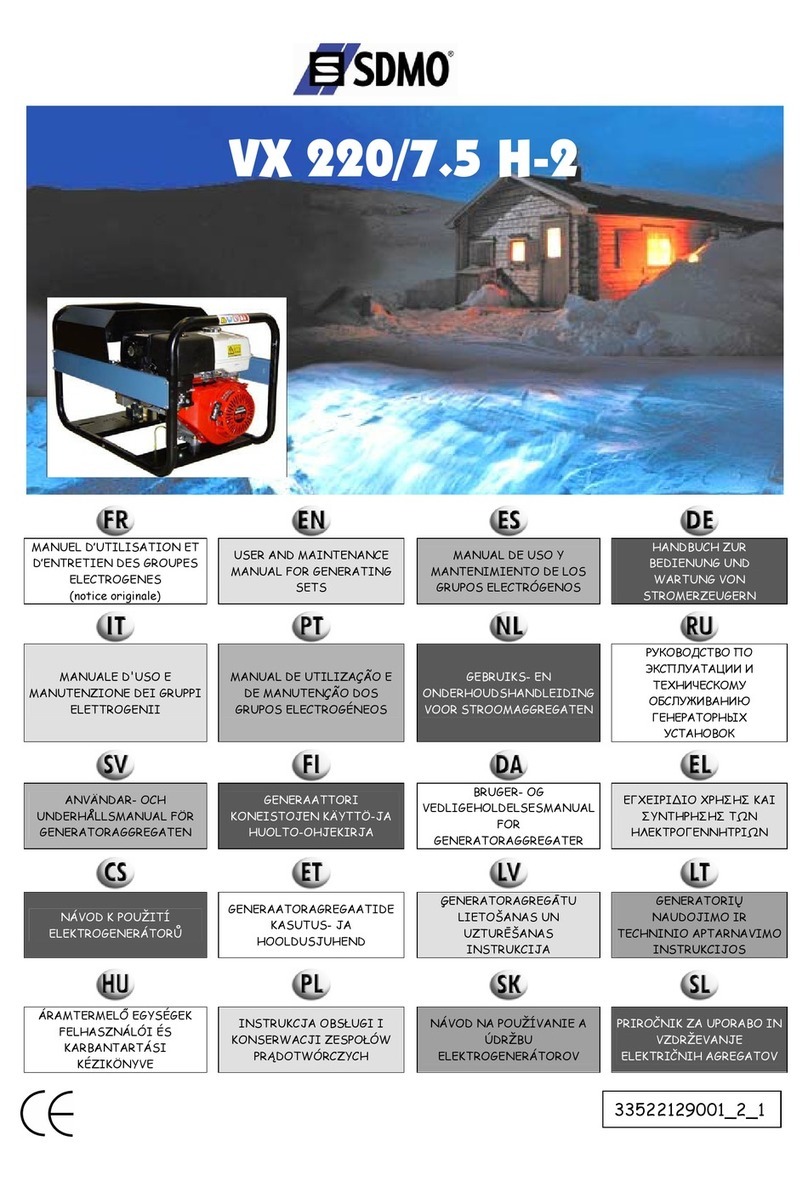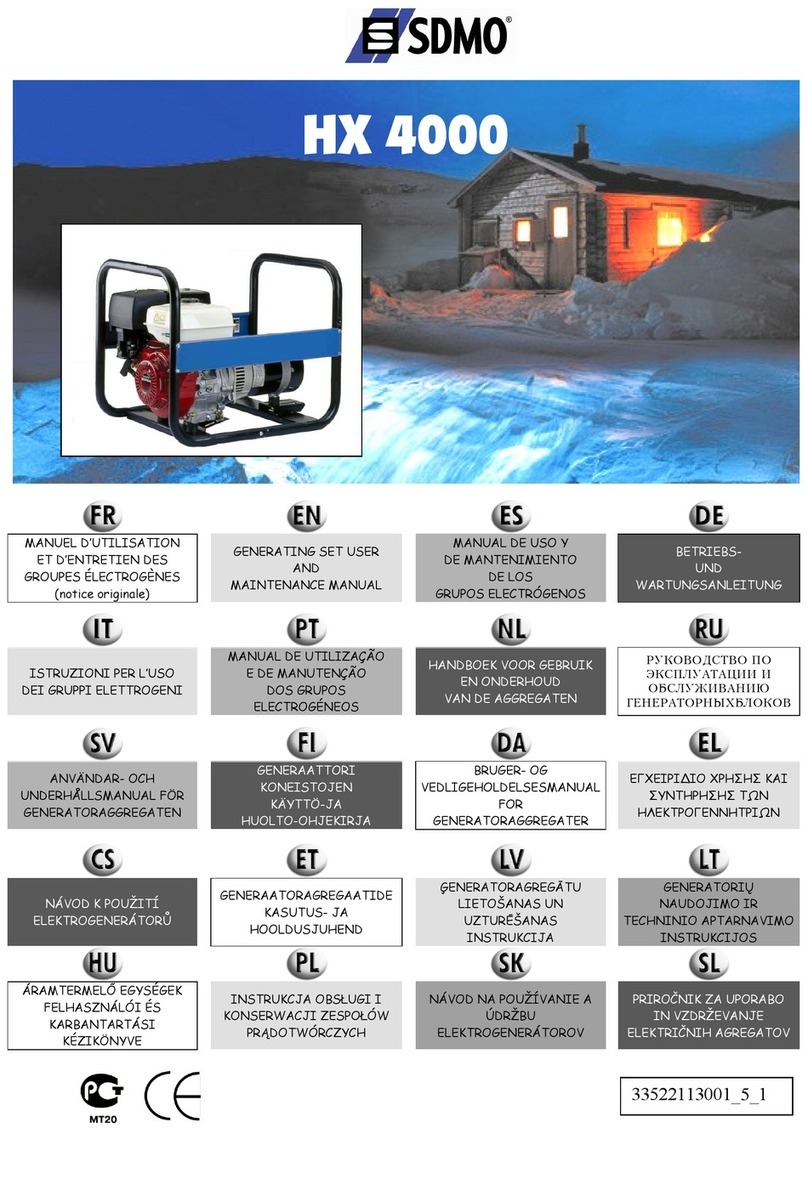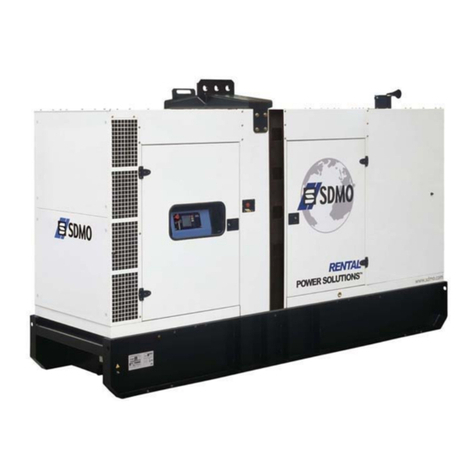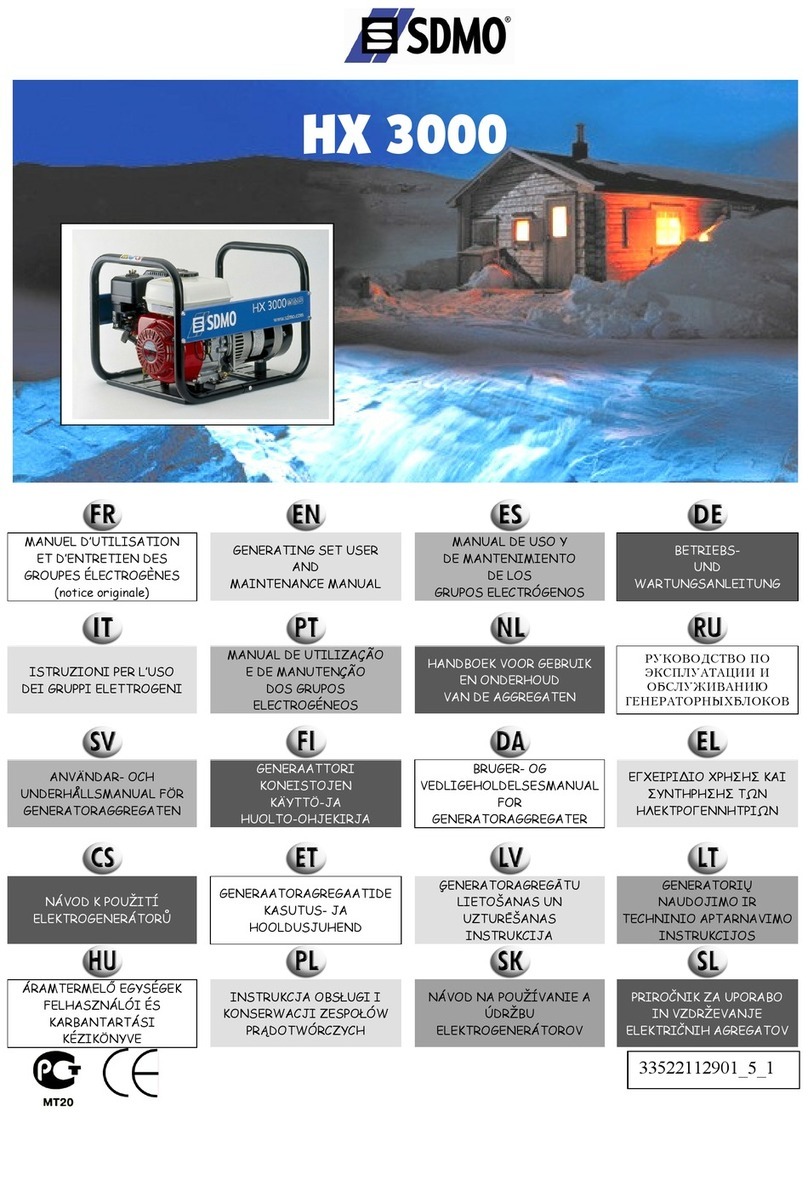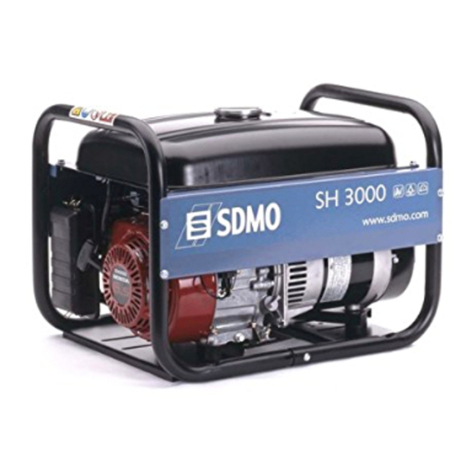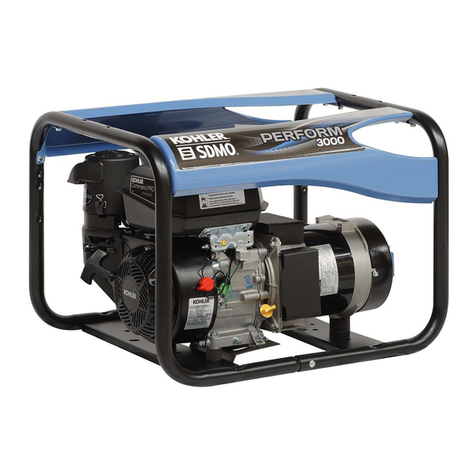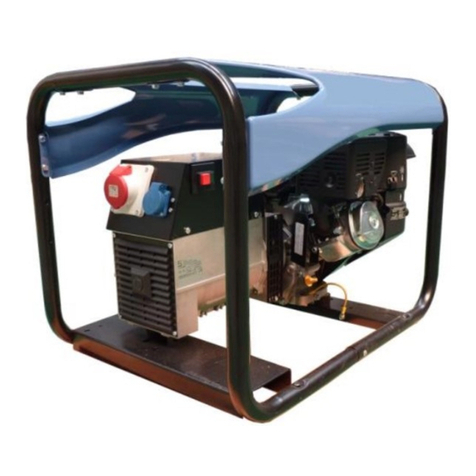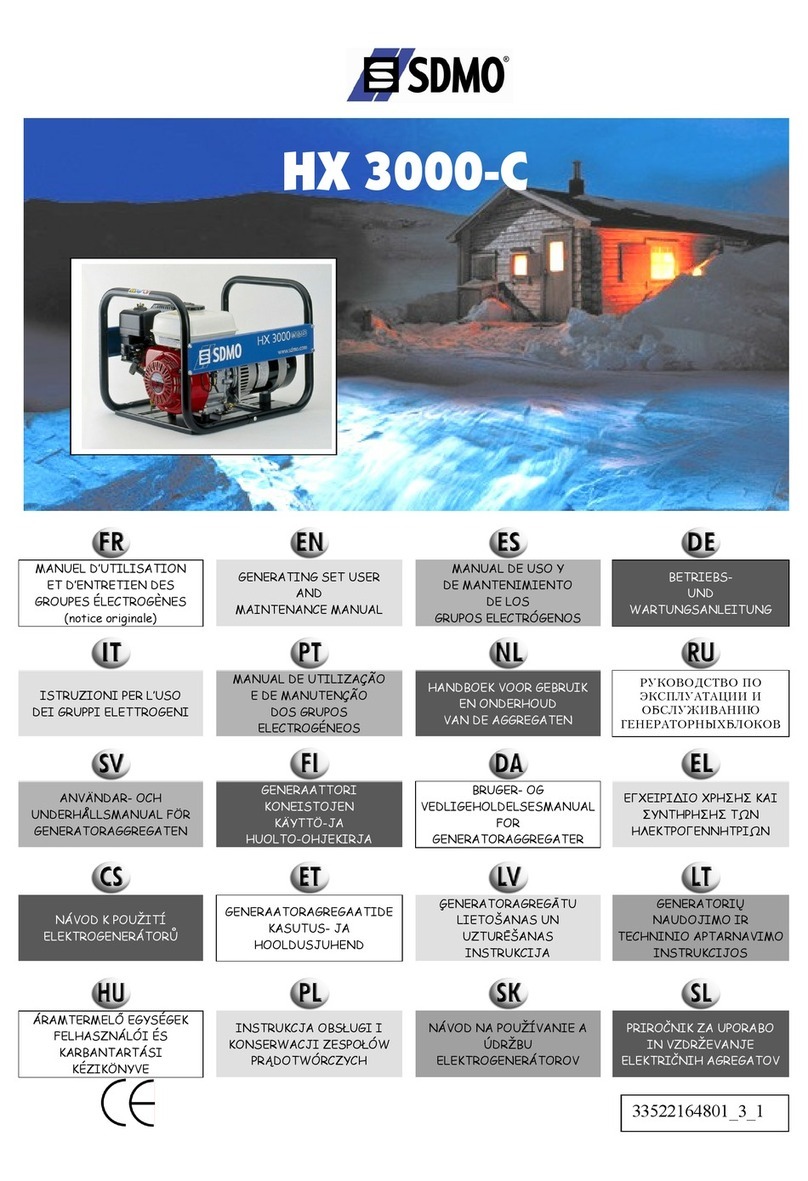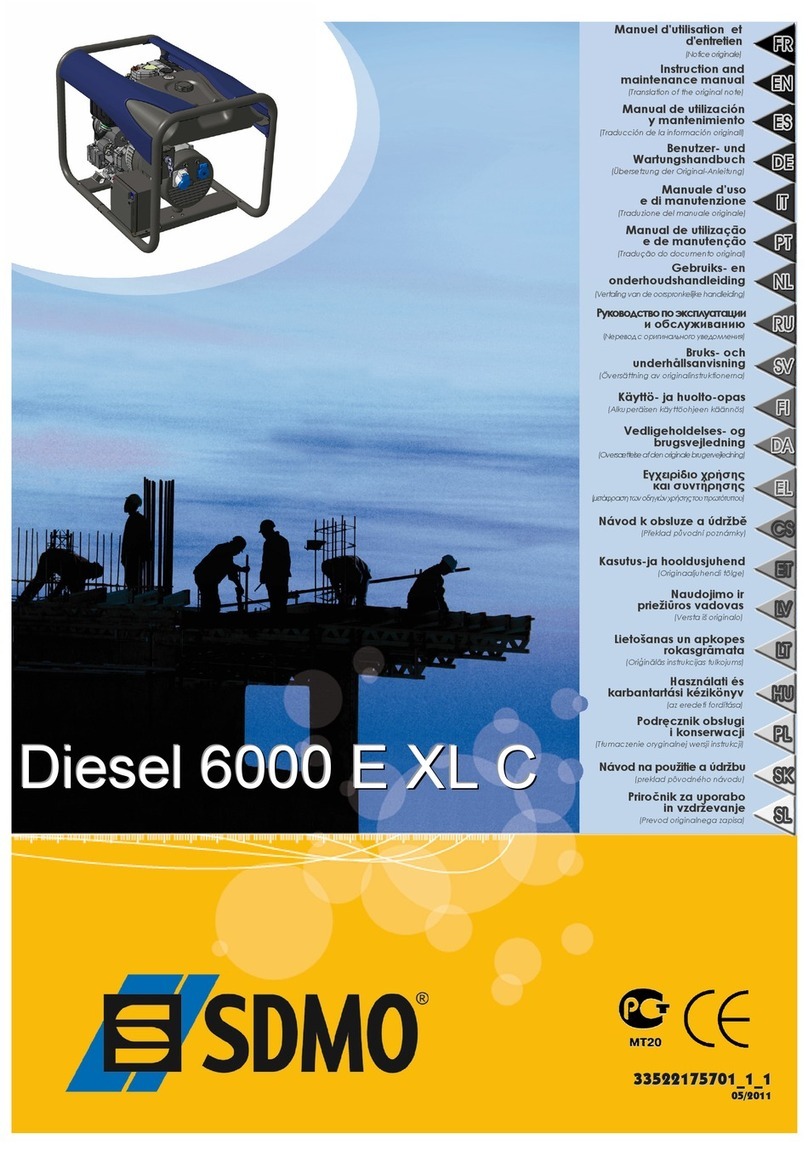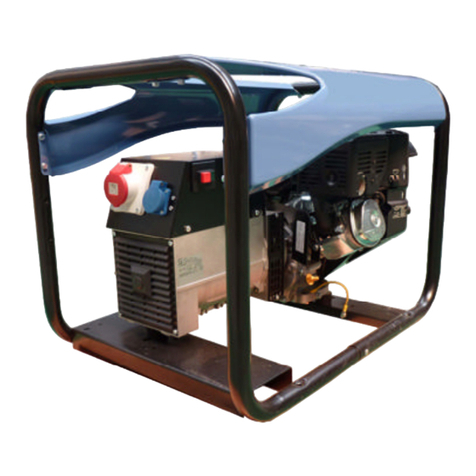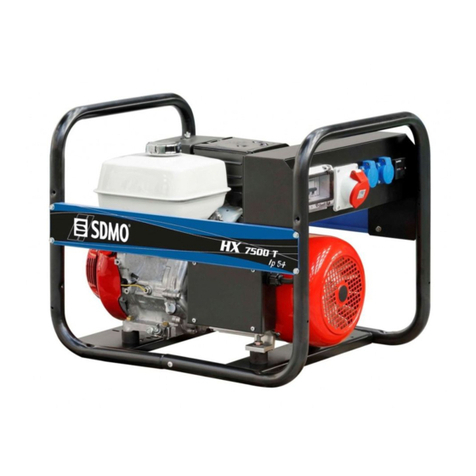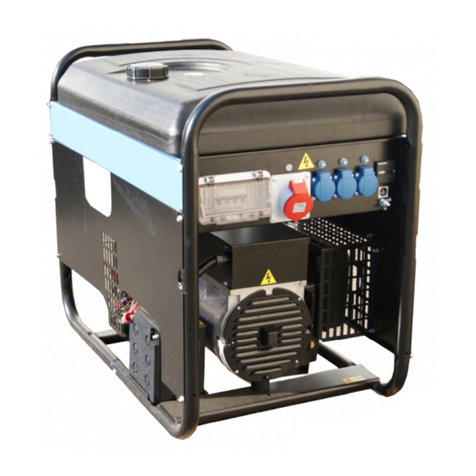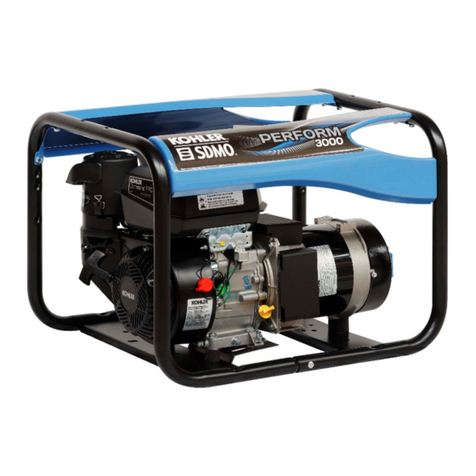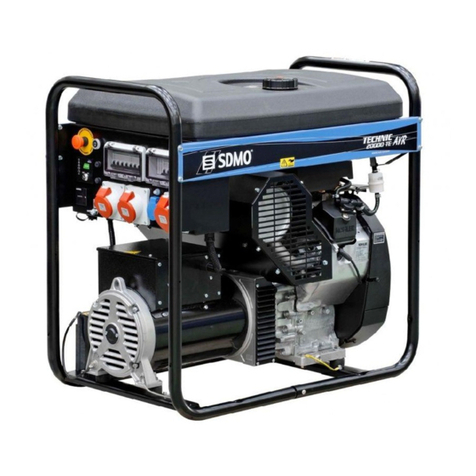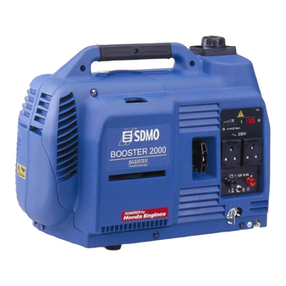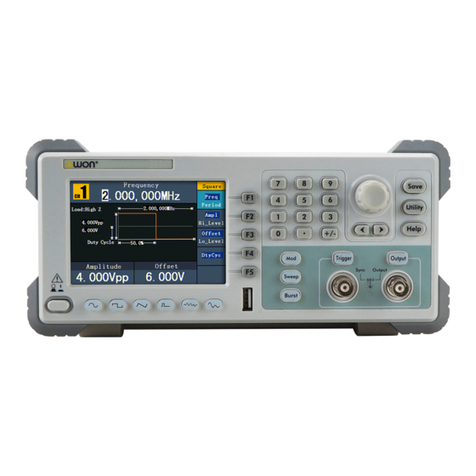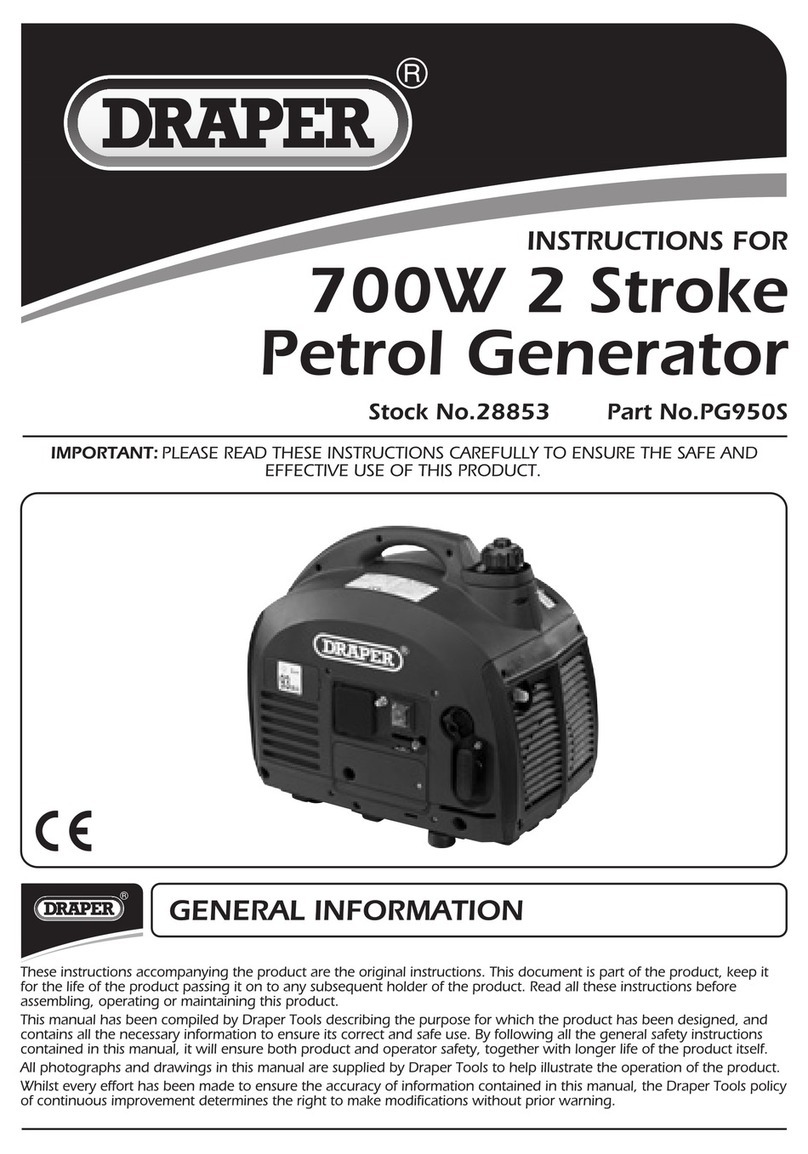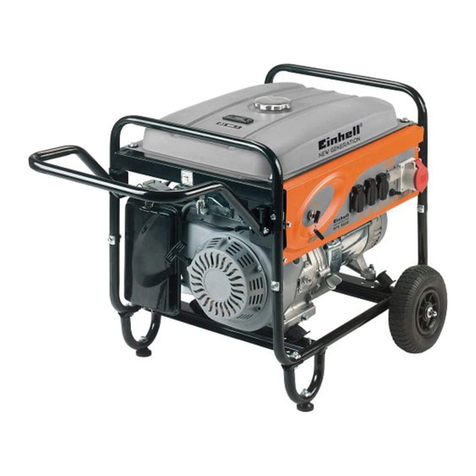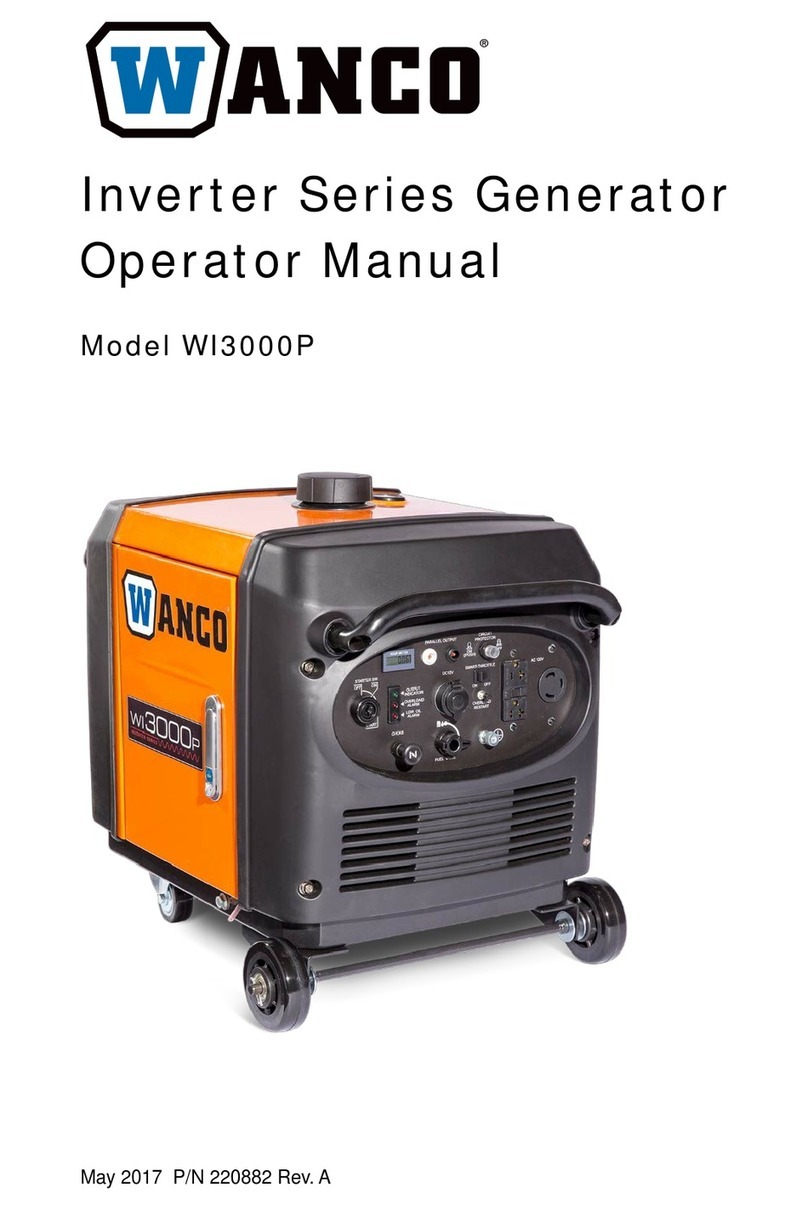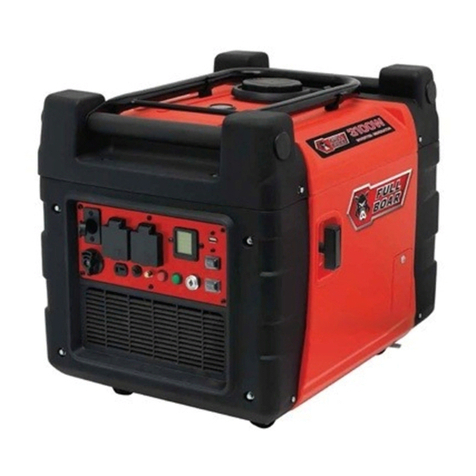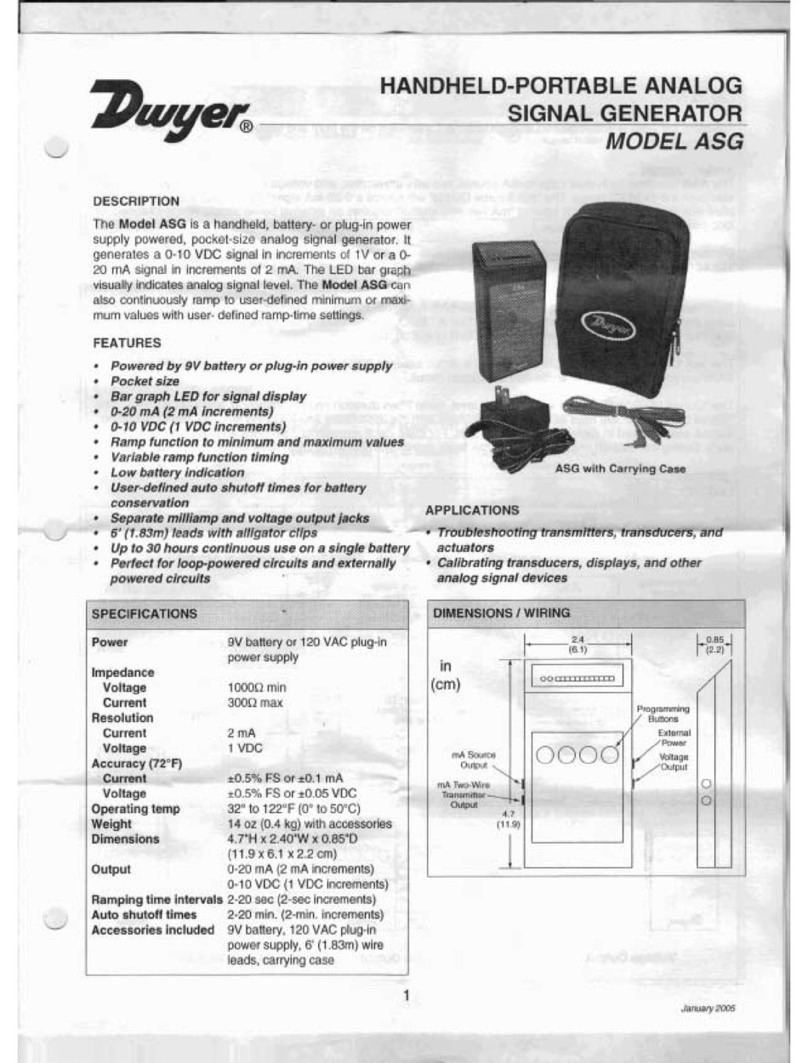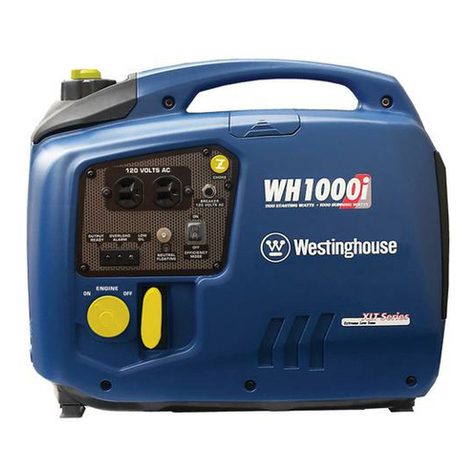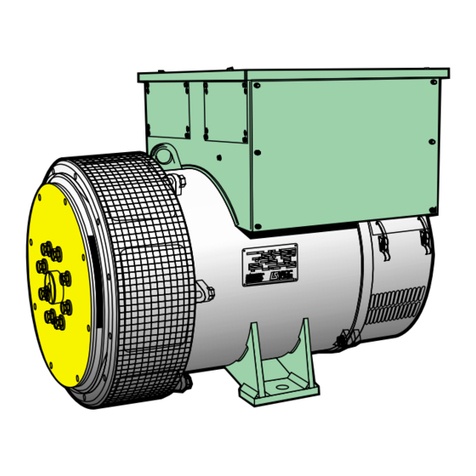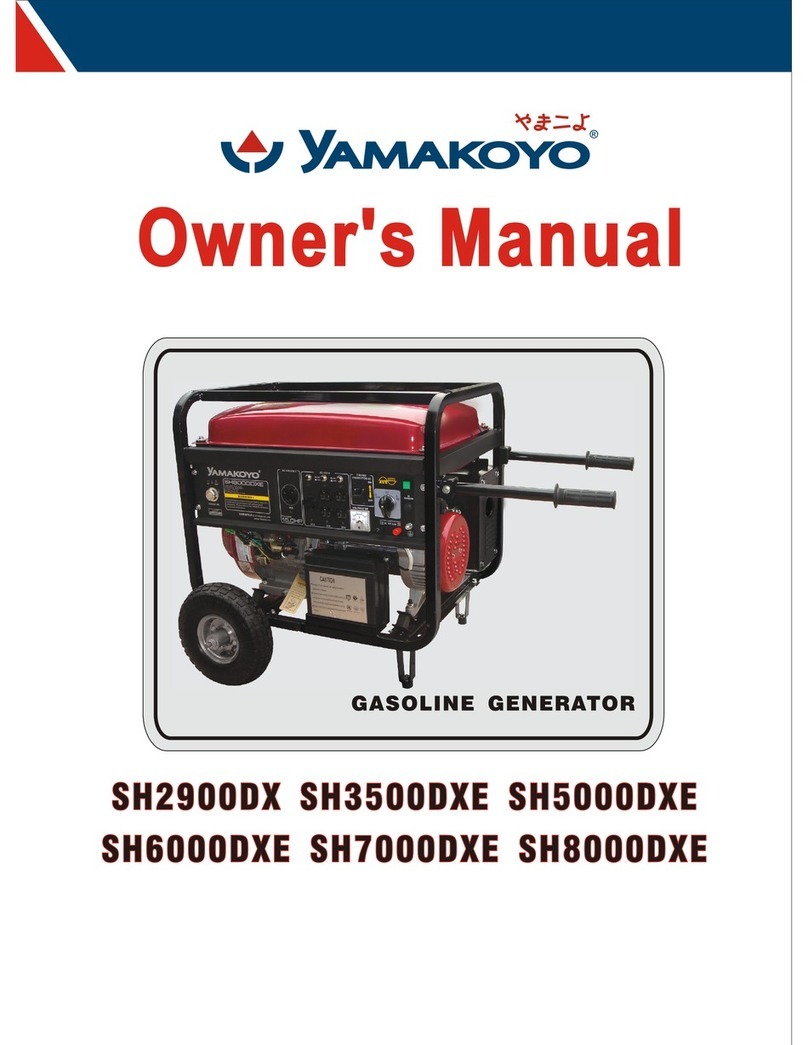7. Maintenance procedures
7.1.Cleaning the air filter
Danger
Never use petrol or solvents with a low flash point for cleaning the air filter element as this could result in a fire
or explosion.
nRemove the wing nut (no. 1, fig. C) attaching the air filter cover (no. 2, fig. C), then remove the latter.
oRemove the wing nut attaching the filter.
pRemove the assembly consisting of foam (no. 3, fig. C) and paper (no. 4, fig. C) elements, and separate them. Check carefully
that the two elements are not torn or pierced. Replace them if they are damaged.
qFoam element (no. 3, fig. C):
A) Wash the element in a solution of household cleaning product and warm water, then rinse thoroughly, or wash it in non-
flammable solvent or solvent with a high flash point. Leave the element to dry fully.
B) Soak the element in clean engine oil and remove the excess oil. The engine will smoke when it is started for the first time if
too much oil remains in the foam.
rPaper element (no. 4, fig. C):
Tap the element lightly several times on a hard surface to remove excess dirt, or send compressed air through the filter, from the
inside outward. Never try to remove dirt using a brush. Replace the element if it is too dirty.
sCarry out refitting following the reverse procedure to that used for removal.
7.2.Cleaning the sediment bowl
nSwitch off the fuel tap (no. 14, fig. A).
oUnscrew the plug (no. 1, Fig. D) to drain the fuel.
pFit the plug (no.1, Fig. D) back on.
qRemove the sediment bowl (no. 1, Fig. E) and the seal (no. 2, Fig. E).
rWash the bowl (no. 1, Fig. E) with non-flammable solvent or solvent having a high flash point. Leave to dry fully.
sRefit the seal and the bowl.
tOpen the fuel tap (no.14, Fig. A) and check that there are no leaks.
7.3.Renewing the motor oil
Change the oil when the engine is still warm, to ensure that drainage is rapid and complete.
nRemove the filling plug-gauge (no. 1, fig. B) and the drain plug (no. 3, fig. B) and drain the oil into a suitable container.
oOn completion, screw up again and tighten the drain plug (no. 3, fig. B).
pFill the engine oil sump with the recommended oil, then check the level.
qPut in place and tighten the filling plug-gauge (no. 1, fig. B).
rCheck that there is no oil leak after filling.
sWipe off any trace of oil with a clean cloth.
7.4.Cleaning the spark arrester
nLoosen the three mounting bolts (no. 1, fig. F) and (no. 2, fig. F) from the silencer (no. 3, fig. F), then remove the latter.
oLoosen the four bolts (no. 4, fig. F) and (no. 5, fig. F) holding the silencer guard (no. 6, fig. F) and then remove silencer guard.
pRemove the mounting bolt (no. 7, fig. F) from spark arrester (no. 8, fig. F) and place it down.
qUsing a wire brush, remove the carbon deposits from the spark arrester screen.
Note: The spark arrester must have no holes or cracks. Replace if necessary.
rRefit the spark arrester (no. 8, fig. F), the guard (no. 6, fig. F) and the silencer (no. 3, fig. F) in the reverse order to removal.
7.5.Checking the spark plug
nRemove the spark plug cap and use a spark plug spanner to remove the spark plug.
oVisually inspect the spark plug and discard it if the electrodes are worn or if the insulation is split or chipped. If it is to be re-used,
clean the spark plug with a wire brush.
pMeasure the electrode gap with a feeler gauge. The electrode gap should be from 0.70 to 0.80 mm. Check that the spark plug
washer is in good condition and screw the spark plug in by hand, in order to avoid damaging the threads.
qAfter fitting the spark plug, tighten it with a spark plug spanner to secure the washer.
Note: when fitting a new spark plug, tighten it by 1/2 turn after it is in place, in order to press the washer tightly. For the
installation of an old spark plug, tighten it by a 1/8–1/4 turn after it is in place, in order to press the washer tightly.
